Har Ki Dun Trek Itinerary: Explore Ancient Villages and Snow-Capped Peaks
Nestled in the heart of the Garhwal Himalayas, the Har Ki Dun trek is a remarkable journey that takes trekkers through lush green valleys, ancient villages, and panoramic views of majestic snow-capped peaks. Known as the "Valley of Gods," this trek offers an enchanting blend of natural beauty, cultural richness, and adventurous thrills. With its moderate difficulty level, Har Ki Dun is suitable for both seasoned trekkers and beginners seeking to explore the pristine wilderness of Uttarakhand.
Introduction to Har Ki Dun Trek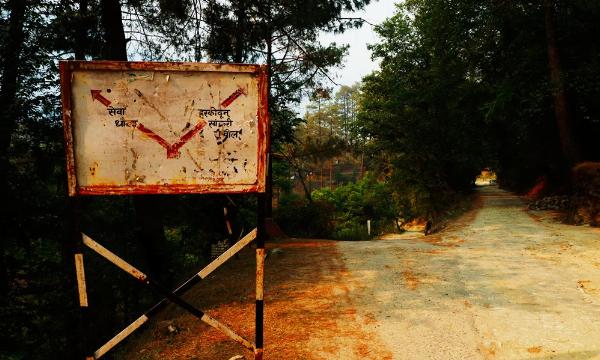
The Har Ki Dun trek, translating to "Valley of Gods," is one of the most scenic treks in Uttarakhand. It is located in the Govind Pashu Vihar National Park and Wildlife Sanctuary, in the Uttarkashi district. The trek spans approximately 47 kilometers and typically takes about 6-7 days to complete. The journey offers a diverse landscape, including verdant meadows, dense forests, glacial rivers, and alpine flowers.
History and Mythology
Har Ki Dun is steeped in mythological significance. According to Hindu mythology, this valley is the same route that the Pandavas, the heroes of the Mahabharata, took on their way to heaven. The name "Har Ki Dun" itself is derived from "Har," which refers to Lord Shiva, and "Dun," which means valley. This sacred association adds a mystical charm to the trek, attracting not only nature lovers but also those seeking spiritual solace.
Trekking Route and Itinerary
Embark on an unforgettable trek through the heart of the Garhwal Himalayas, culminating in the breathtaking Har Ki Dun valley. This 7-day expedition will take you through lush forests, charming villages, and snow-capped peaks, offering a perfect blend of natural beauty and cultural immersion.
📅 Day 1: Gateway to the Himalayas
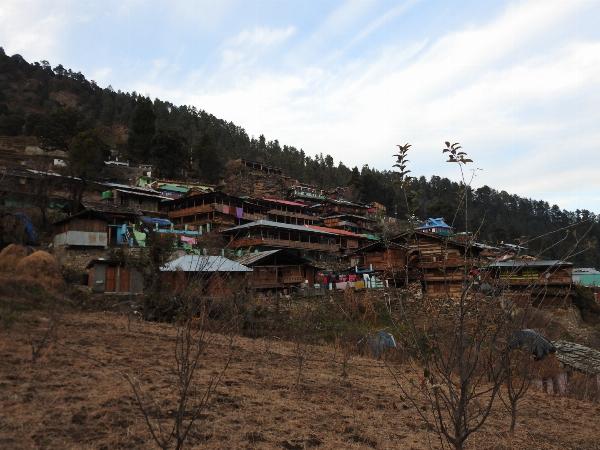
🚗 Journey Highlights:
Departure from ISBT Dehradun (7:00 AM sharp)Scenic drive through Mussoorie hillsGlimpses of the majestic Kempty FallsYamuna River as your constant companionFinal stretch through the exotic Govind National Park🌅 Evening in Sankri:
Arrive by 5:00 PMWitness the sunset over Mt. SwargarohiniOvernight in cozy guesthouses💡 Pro Tip: Keep your camera handy for impromptu photo opportunities along the winding mountain roads!
📅 Day 2: Into the Wilderness
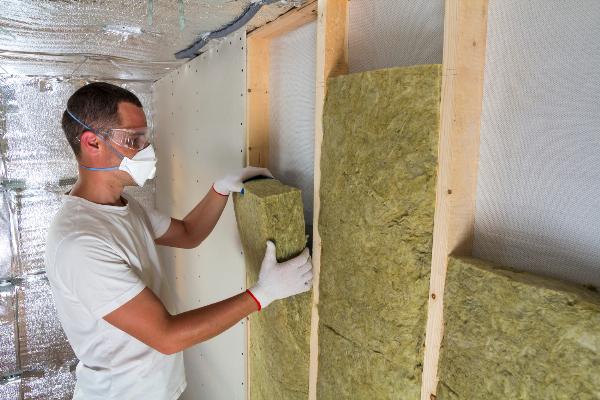
🌲 Trail Treasures:
Spot Himalayan birds: Raven, Red-Billed Blue Magpie, BulbulWalk alongside the melodious Supin RiverCross picturesque wooden bridgesPass through fragrant Walnut, Pine, and Cedar forests🏕️ Camping at Pauni Garaat:
Set up camp in a vast clearingExplore the surrounding areaEnjoy a hot dinner under the stars💡 Pro Tip: Fill your water bottles at the crystal-clear streams along the way!
📅 Day 3: Ascent to Kalkattiyadhaar

🌄 Journey Highlights:
Morning yoga session to energize your bodyTrek through towering forests to Seema villageCross the iconic Seema Bridge over Supin RiverClimb to Osla, passing Amaranth fieldsPanoramic views of Banderpoonch and Swargarohini ranges🏕️ Kalkattiyadhaar Camp:
Reach by 1:00 PMAcclimatization timeSpot peaks: Buyal Devsu, Mt. Black Peak, Kedarkantha💡 Pro Tip: Look out for the striking red Amaranth fields during monsoon season!
📅 Day 4: Summit Day - Har Ki Dun
 Kalkattiyadhaar to Har Ki Dun and Back: The Crown JewelHar ki Dun SummitTotal Distance: 14 km (round trip)Duration: 7-8 hoursMax Elevation: 3566m
Kalkattiyadhaar to Har Ki Dun and Back: The Crown JewelHar ki Dun SummitTotal Distance: 14 km (round trip)Duration: 7-8 hoursMax Elevation: 3566m⛰️ Summit Push:
Early start at 6:00 AMTrek through snow-covered landscapes (in winter)Navigate a challenging 45-degree inclineFinal ascent through dense forest to the summit🏔️ Har Ki Dun Summit Experience:
Breathtaking views of Swaragrohini-1, Hata Peak, Black PeakExplore alpine meadows, glacier moraines, and swift streamsPicnic lunch with a view🔙 Return Journey:
Descend back to Kalkattiyadhaar campEvening of rest and reflection💡 Pro Tip: In winter, be prepared with microspikes and gaiters for snowy terrain!
📅 Day 5: Cultural Immersion
Kalkattiyadhaar to Pauni Garaat: Village ExplorationDistance: 7 kmDuration: 3-4 hoursElevation Loss: 3024m to 2500m🌅 Morning Magic:
Witness a spectacular sunrise from KalkattiyadhaarEnjoy a hearty breakfast with mountain views🚶♂️ Trekking Highlights:
Cross Har Ki Dun BridgeGentle descent along the riverVisit the charming village of Osla🛕 Osla Village Experience:
Someshwar TempleExplore traditional double-storied wooden housesVisit the intricately carved Someshwar templeInteract with friendly locals🏕️ Evening at Pauni Garaat:

💡 Pro Tip: Bring small gifts or school supplies to share with the village children!
📅 Day 6: The Descent
Pauni Garaat to Sankri: Back to CivilizationTrek: Pauni Garaat to Taluka (9 km, 5-6 hours)Drive: Taluka to Sankri (12 km, 1 hour)🌿 Nature's Farewell:
Trek through Chir Pine forests and fern grovesLast views of the majestic Supin RiverWatch out for the harmless but stinging "bichu ghaas" plant🚗 Return to Sankri:
Arrive in time for a relaxing eveningShare stories and experiences with fellow trekkersLast night in the mountains💡 Pro Tip: Use trekking poles to ease the pressure on your knees during the descent!
📅 Day 7: Homeward Bound
Sankri to Dehradun: A Journey of ReflectionDistance: 197 kmDuration: 9-10 hoursElevation Change: 1950m to 640m🌄 Final Mountain Morning:
Early breakfast with last mountain viewsDeparture from Sankri by 7:00 AM🚌 Return Journey:
Retrace the scenic route through Govind National ParkLunch stop at a picturesque locationArrival in Dehradun by 7:00-8:00 PM🎭 Journey's End:
Bid farewell to your trekking companionsExchange contact information for future adventures💡 Pro Tip: Plan your onward journey from Dehradun for the next day to account for any delays.
📸 Photo Opportunities:
Sunset over Mt. Swargarohini (Day 1)Seema Bridge panorama (Day 3)Har Ki Dun valley views (Day 4)Traditional architecture in Osla village (Day 5)Sunrise from Kalkattiyadhaar (Day 5)Embark on this incredible journey through the Garhwal Himalayas, where every step brings new wonders and lasting memories. The Har Ki Dun trek offers a perfect blend of challenge and beauty, cultural insights and natural splendor. Get ready for an adventure that will stay with you long after you've returned to the plains!
Flora and Fauna
The Har Ki Dun trek is a paradise for nature enthusiasts. The diverse ecosystem of the Govind Pashu Vihar National Park is home to a variety of flora and fauna. The forests are dominated by conifers, including pine, deodar, and oak trees. During spring and summer, the meadows are adorned with vibrant alpine flowers like blue poppies and Brahma Kamal.
Wildlife enthusiasts may spot Himalayan wildlife such as black bears, langurs, wild boars, and a variety of birds, including the monal pheasant, which is the state bird of Uttarakhand. The pristine environment and rich biodiversity make the trek a delight for naturalists and photographers.
Cultural Experience
One of the unique aspects of the Har Ki Dun trek is the opportunity to immerse oneself in the local culture. The villages of Osla and Sankri are inhabited by the people of the Tons Valley, who have preserved their traditional way of life for centuries. The wooden houses with intricately carved facades, the traditional attire, and the local cuisine offer a glimpse into the region's rich cultural heritage.
The Someshwar Mahadev Temple in Osla, dedicated to Lord Shiva, is an architectural marvel and a center of local religious activities. Interacting with the villagers, understanding their customs, and participating in their daily activities provide a deeper connection with the region.
Best Time to Visit
The best time to undertake the Har Ki Dun trek is from April to June and September to November. During these months, the weather is pleasant, and the trails are most accessible. In spring and early summer, the valley is in full bloom with a variety of flowers, while autumn offers clear skies and stunning views of the snow-clad peaks.
Preparation and Tips
Although the Har Ki Dun trek is considered moderate, proper preparation is essential. Here are some tips for a successful trek:
1. Fitness: Regular cardio exercises and strength training will help build stamina and endurance for the trek. This can include activities like running, cycling, and weightlifting. Additionally, practicing with a loaded backpack can simulate the trekking experience.
2. Packing: Carry appropriate trekking gear, including a high-quality backpack with rain cover, sturdy trekking shoes with good grip, warm clothing for cold nights, rain gear for unexpected showers, a comfortable sleeping bag, and a comprehensive first aid kit with necessary medications.
3. Acclimatization: Spend a day at Sankri to acclimatize to the altitude before starting the trek. This can reduce the risk of altitude sickness and improve overall trekking experience.
4. Hydration and Nutrition: Stay hydrated by drinking plenty of water throughout the trek and carry high-energy snacks like nuts, dried fruits, and energy bars to maintain energy levels.
5. Local Support: Hiring a local guide or joining a trekking group can enhance the experience and ensure safety. Local guides are familiar with the terrain, weather conditions, and can share insights about the region's culture and history.
Conclusion
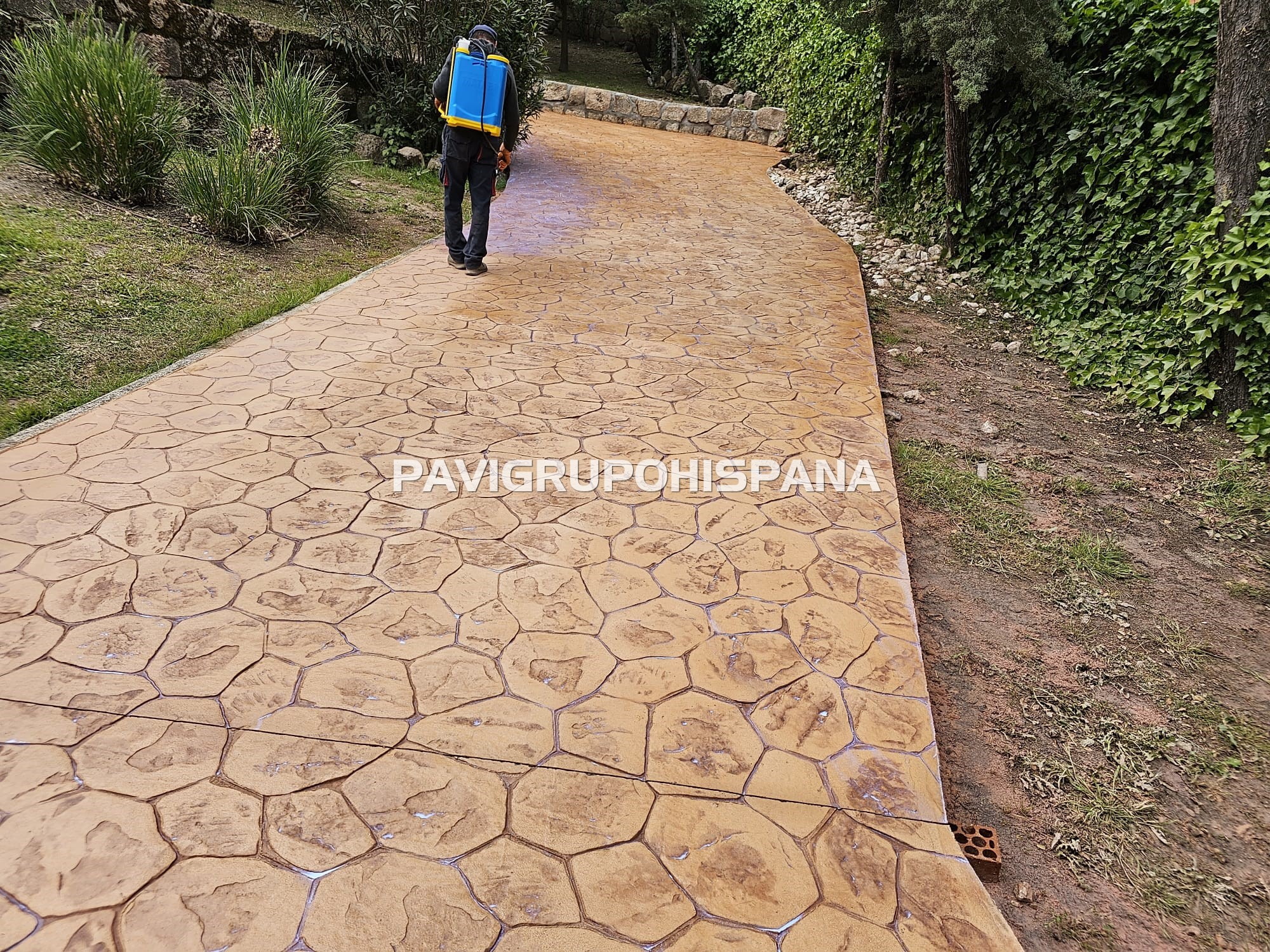
The Har Ki Dun trek is more than just a physical journey; it is a passage into a world where nature's splendor and cultural richness coexist harmoniously. From the mythological significance to the breathtaking landscapes and warm hospitality of the locals, every aspect of this trek leaves an indelible mark on the soul. Whether you are an adventure enthusiast, a nature lover, or someone seeking spiritual tranquility, the Har Ki Dun trek promises an unforgettable experience in the Valley of Gods.
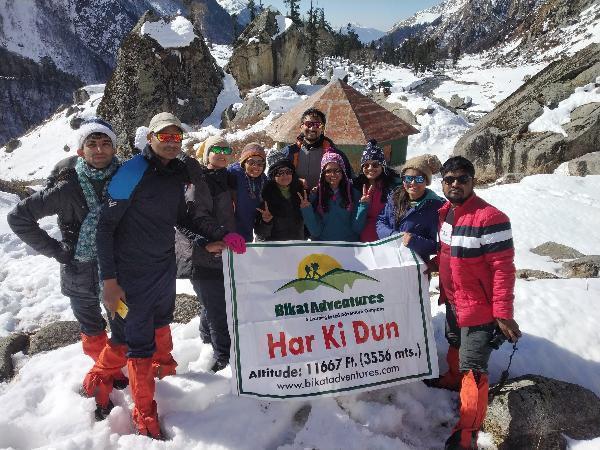
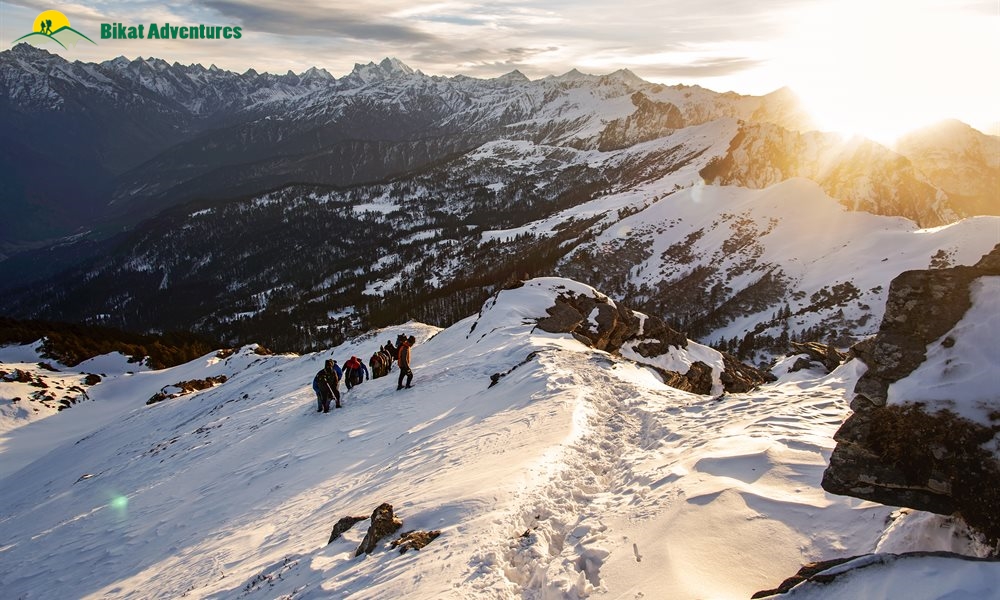

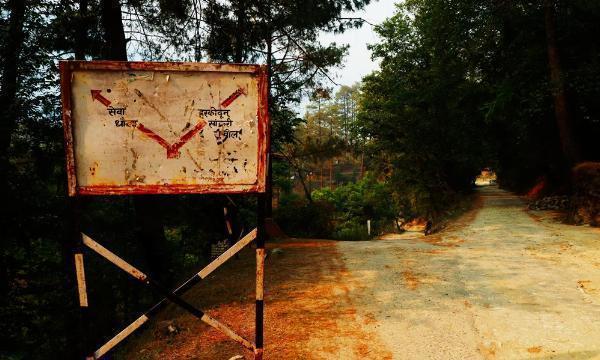
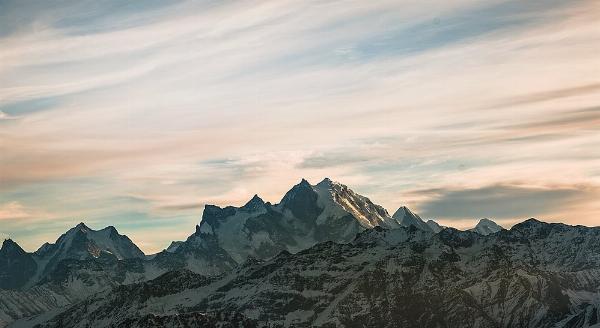
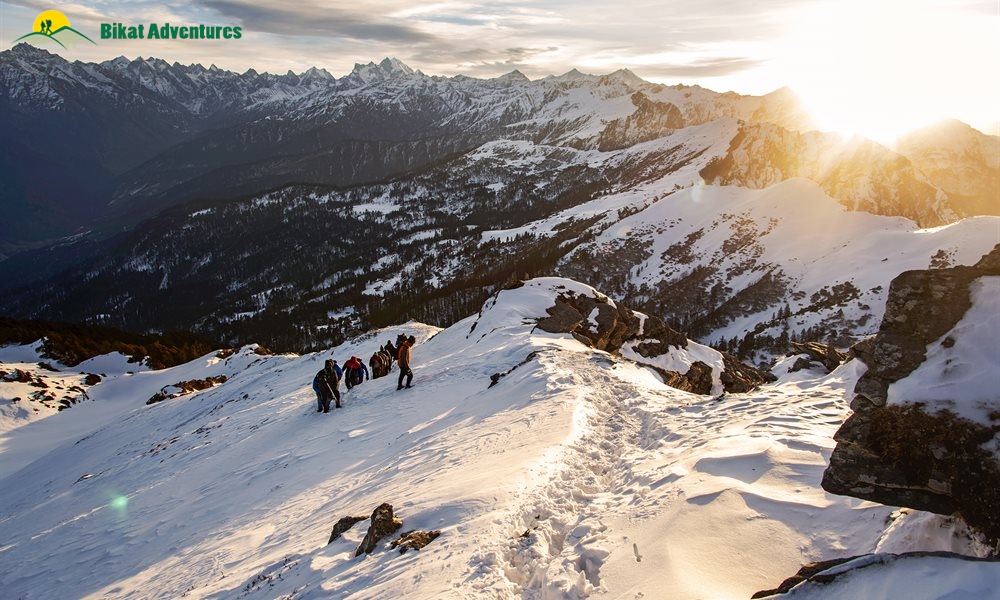
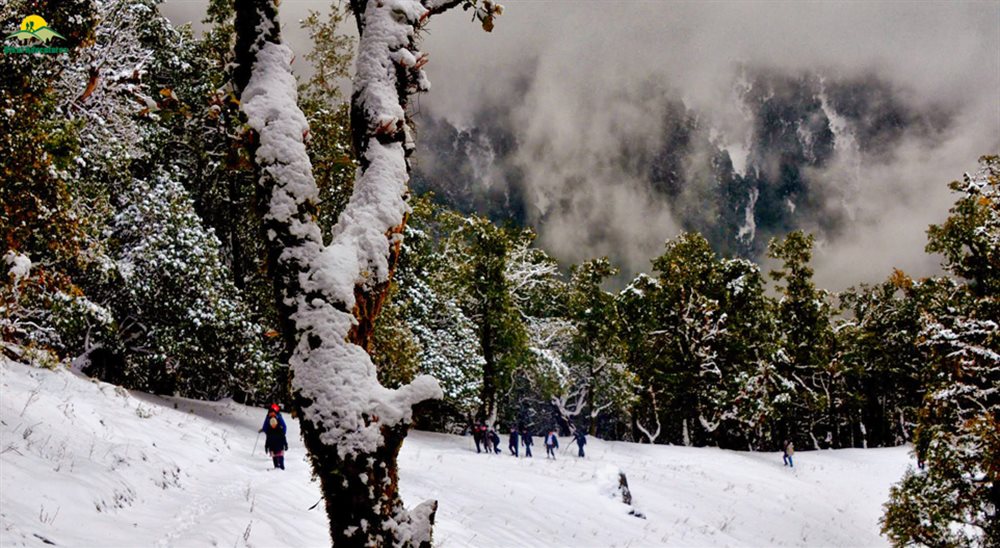
The Har Ki Dun Trek offers a mesmerizing journey that blends ancient village charm with breathtaking views of snow-capped peaks, providing an unforgettable experience for adventure seekers and nature lovers alike.
The Har Ki Dun Trek itinerary offers a thrilling adventure of discovering ancient villages nestled in the lap of Himalayan peaks, with each step revealing stunning snow-capped scenic beauty. A journey through time and nature at its purest.
The Har Ki Dun Trek introduces travelers to the magic of awe-inspiring snowcapped peaks while journeying through ancient villages steeped in tradition, a true bonanza for adventure seekers and history buff enthusiasts.













